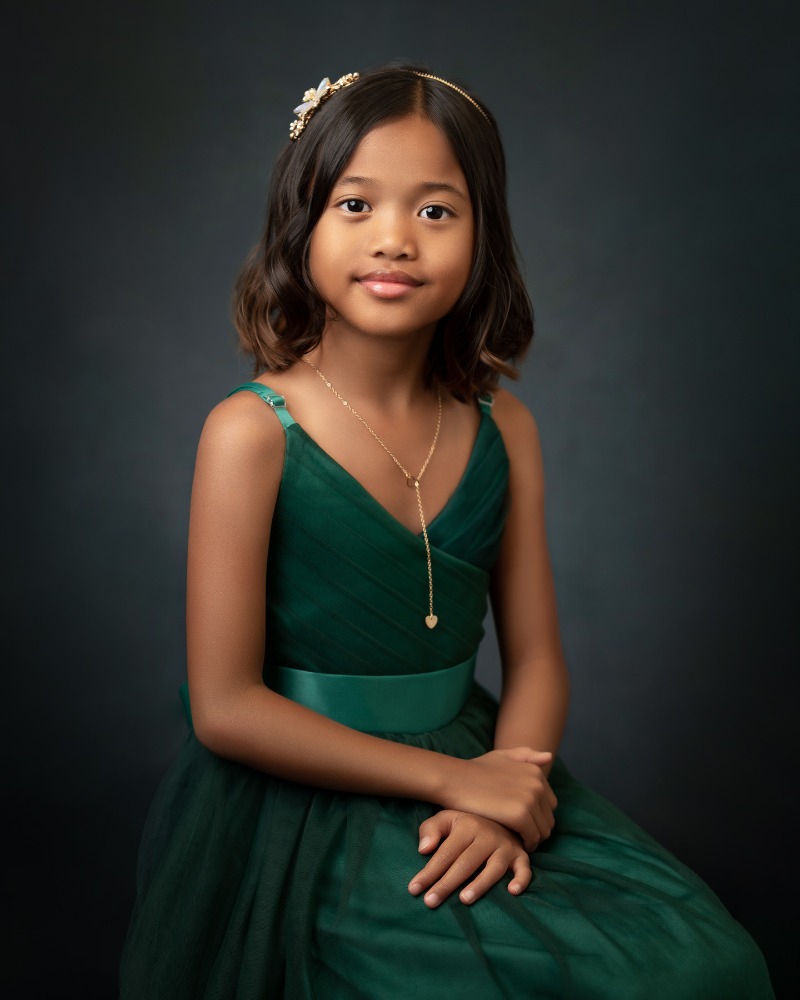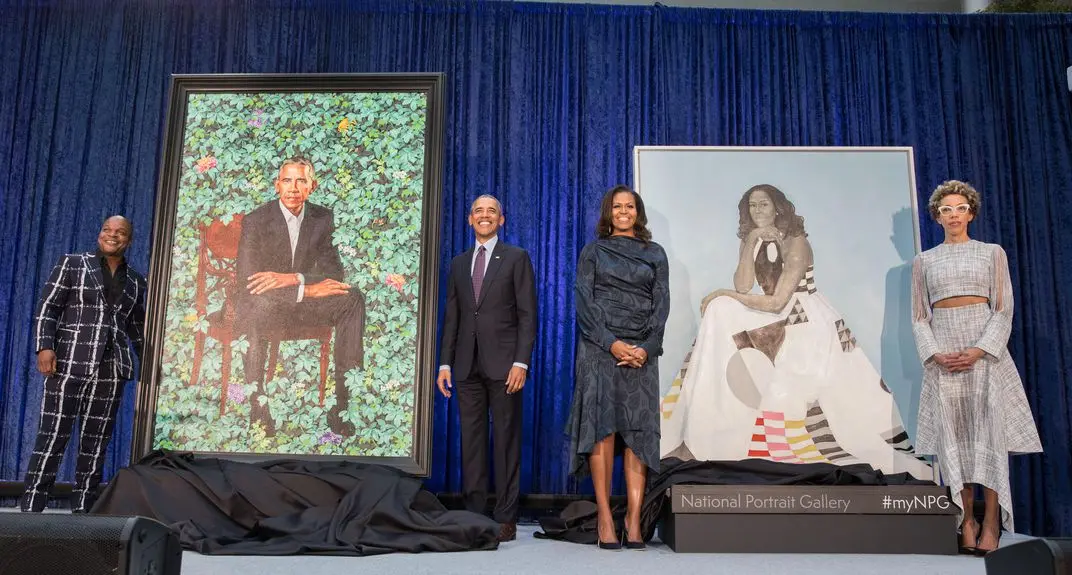FREQUENTLY ASKED QUESTION
To Smile, or Not to Smile?

... if Mona Lisa or Madame X or one of Rembrandt's self-portraits—if any of these featured a broad, toothy smile, the gavel price at Sotheby's would go down by—I would venture to predict—many millions of dollars.
Renown Portrait Artist

While most of our clients prefer a closed-mouth smile, we encourage a variety of expressions during your session so that you can decide what works best for you.
Every now and then, I'm asked why the subjects in my portraits aren't smiling. This is understandable considering that wide grins are essentially standard in photography today.
In our Masterpiece sittings, we aim to create a fine portrait that is historically accurate and distinct from a common photograph—one that will be perceived as art for generations. And for centuries, portrait masters have favored the more composed, non-smiling expressions.
This is not to say that you need to look somber by any means. In fact, a "closed-mouth" smile—as in the real Mona Lisa—is both highly encouraged and quite popular among our clients. Additionally, it can be challenging for babies and toddlers to smile on command, and young children without a full set of teeth will be grateful that you didn't force them to display their gaps.
In any case, rest assured that you are more than welcome to smile at your heart's desire for some of the images so that you can compare the options and choose the portraits that are right for you and your family.

Even though President Barack Obama is considered one of the most photogenic people ever, he and the First Lady personally hand-picked the artists for their $500,000 painted portraits—neither of which portrays a broad, toothy smile.
Your treasure awaits.
Copyright © 2022 Lubera Portraits.
All rights reserved.
